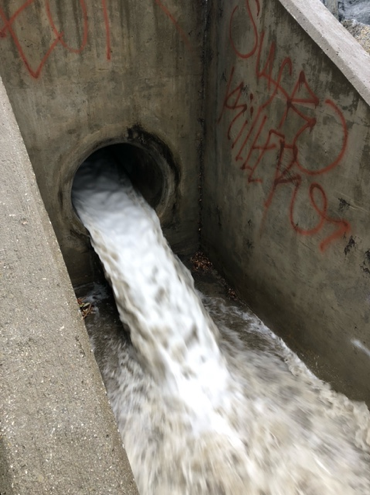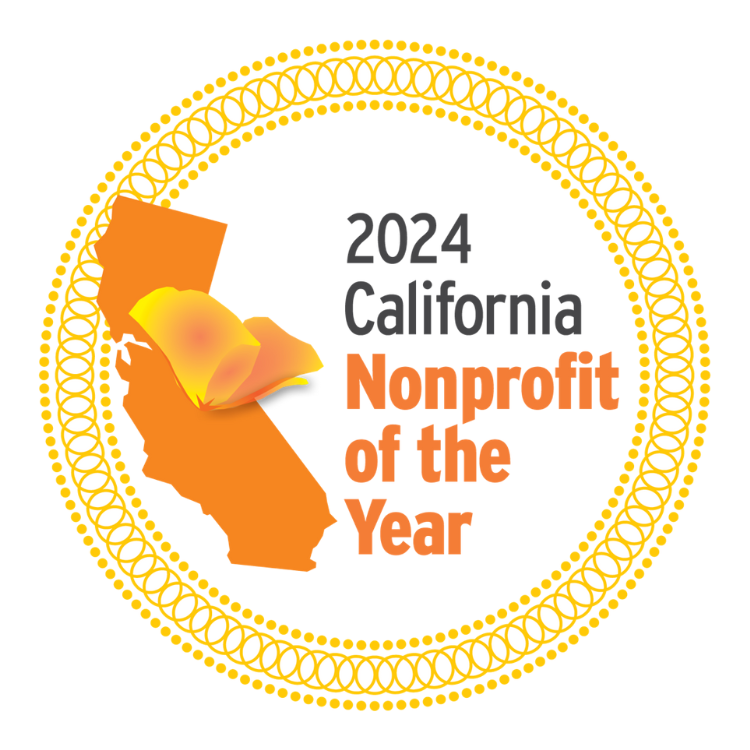By Rachel
During my internship with Orange County Coastkeeper, I had the opportunity to learn about stormwater monitoring in order to monitor water quality in public areas adjacent to industrial sites throughout Orange County. My group and I collected samples in order to help Coastkeeper in its efforts to ensure compliance with the Clean Water Act (CWA) and National Pollutant Discharge Elimination System (NPDES) requirements following rainfall events.
The stormwater monitoring training included going over sampling procedures, how to fill out field data sheets for each site, what to look for at field sites, and how to use any equipment such as a sampling pole, Whirl-Pak bags, and sampling bottles.
During my stormwater monitoring experience, we collected samples for indicator bacteria and sevral types of metals at multiple industrial sites in Orange County, including an asphalt plant, a powder core manufacturing facility, and an aerospace manufacturing facility.
Industrial sites are areas that are designated specifically for industrial use (such as manufacturing facilities, factories, and warehouses), which are often a large source of contamination to the air and water in our communities.
Pollutants from industrial sites impact water resources through runoff, which is water that is not absorbed by the ground and instead flows freely while picking up pollutants from roads, roofs, and other surfaces. Industrial runoff originates directly from industrial sites and commonly includes substances such as oil, grease, hazardous chemicals, and sediment such as dirt, gravel, or cement.

Runoff from rainfall events enters storm drains and ultimately ends up in Orange County’s oceans, rivers, and creeks. Since this water is not treated before this happens, it can contaminate water resources, negatively impact water ecosystems, and result in beach closures due to elevated levels of chemicals or bacteria. Because of this, industrial sites require monitoring and must adhere to environmental regulations in order to reduce negative environmental impacts.
When choosing sites to conduct water quality monitoring, it is important to consider several factors. First, there should be safe and unrestricted access at the site. The water sample should also be representative of the water body of interest. It is also important to select sites that have a history of water pollution or contamination. Often, the sites that Coastkeeper monitors are chosen either because they have previously self-submitted data showing pollution and environmental regulatory agencies have taken no action, or because of a direct site observation or tip from someone.
After all water samples are collected and field data sheets are filled out, they are dropped off at Coastkeeper’s office where they are then taken to the lab to be analyzed. The samples and resulting water quality data can be used for litigation, which can lead to more scrutiny of industrial sites or even enforcement actions to ensure compliance with industrial permits.
Stormwater monitoring is essential in ensuring drinkable, fishable, and swimmable water in our community. Check out how Coastkeeper helps prevent stormwater pollution and learn about getting involved in protecting the State of Your Water.
The State of Your Water is in our hands. Support us today so that we may continue to advocate for
water conservation and keep our coastal and inland waters clean.





